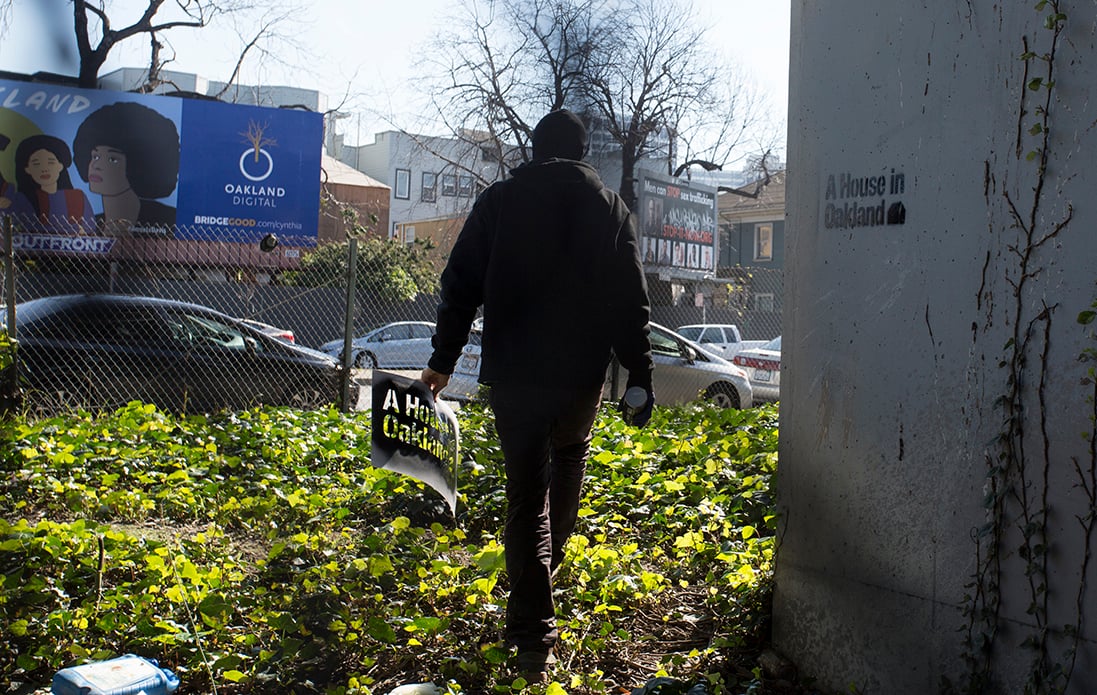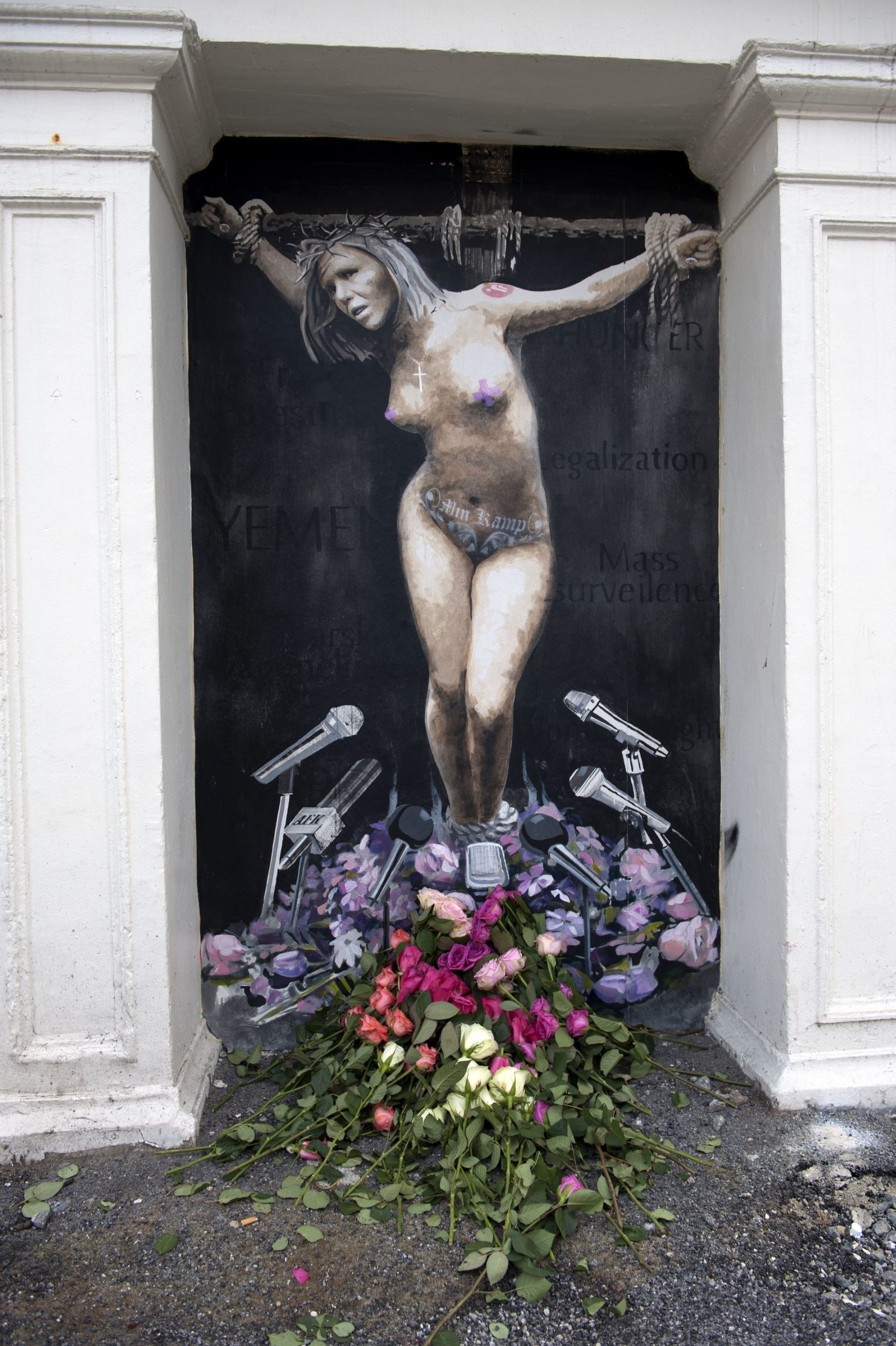
In March 2024, pro-Palestinian activists destroyed a 1914 painting of Lord Balfour at Trinity College, part of the University of Cambridge in the UK. The artwork had been cut and spray painted in protest of the notorious Balfour Declaration and its relevance in the ongoing Israeli-Palestinian conflict. Arthur James Balfour served as Britain’s Prime Minister from 1902 to 1905 and Foreign Secretary from 1916 to 1919 in which one of his most notable acts was the “Balfour Declaration” of 1917, a public statement made by the British government supporting the establishment of a Jewish territory in Palestine.
This act brings into question the meaning of the art we produce and the role that it serves. For a century, Balfourd’s portrait hung on the walls of Cambridge as a constant reminder of his existence, achievements, and legacy. Does that make it a constant reminder of Balfourd’s role in British history or rather a tribute to his most famous acts, withstanding the test of time? While it is clear that historical artworks remind us of the past, they often also serve as a constant reminder of decisions we regret or a time with standards we’d rather forget.

The destruction of historical art like the painting of Lord Balfourd, assigns a new meaning to the art, making it a means with which to make political statements and garner public attention in the pursuit of change. However, in the constantly shifting world of international relations where conflicts come and go, alliances are made and broken, when the world inevitably moves on from its current troubles, what use are fragments of a broken painting?
Let us not forget a very important quote by George Santayana in the 1905 book “The Life of Reason:” “Those who cannot remember the past are condemned to repeat it.” Today, tomorrow, and moving forward, it will always be important to take into consideration the worth of contributing to a contemporary cause at the expense of erasing a memory of the past where both have the potential to impact the future.








I found this article to be thought provoking and very relevant. I appreciate how you challenge the reader to consider for themselves if the recent trend of activists damaging/destroying art to promote a cause relating to social justice is worth it. I had not heard of this specific instance of the painting of Lord Balfour being vandalized due to Balfour’s role in the historic context of the current conflict in Gaza. I like how the article explains how defacing acts like this are political statements designed to increase awareness, but at the same time the geopolitical issues these acts are meant to address are so complicated and reflective of current power balances, so what could throwing paint on a painting really do? This question is intriguing and has made me think a lot- and I do not have a definitive opinion as of yet.